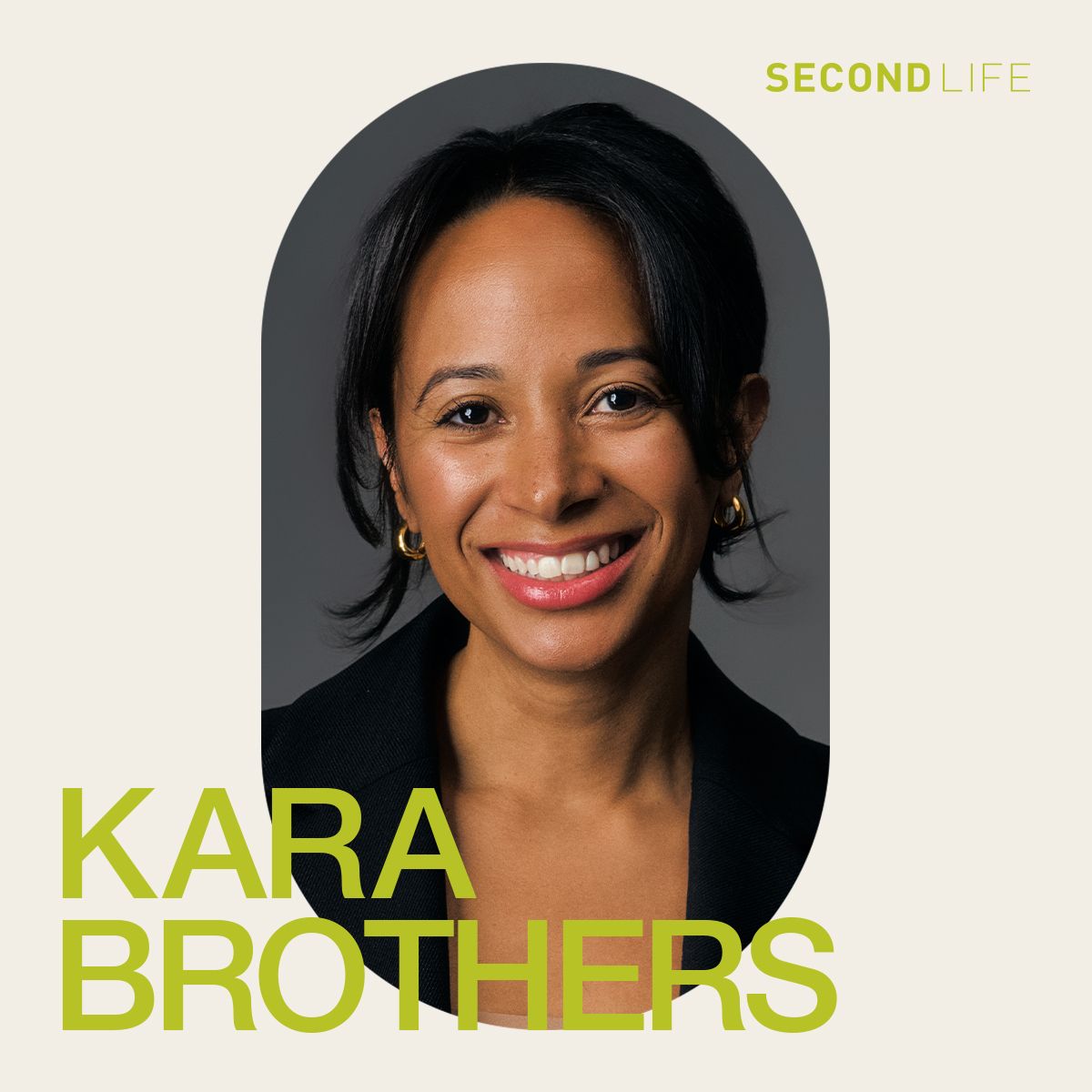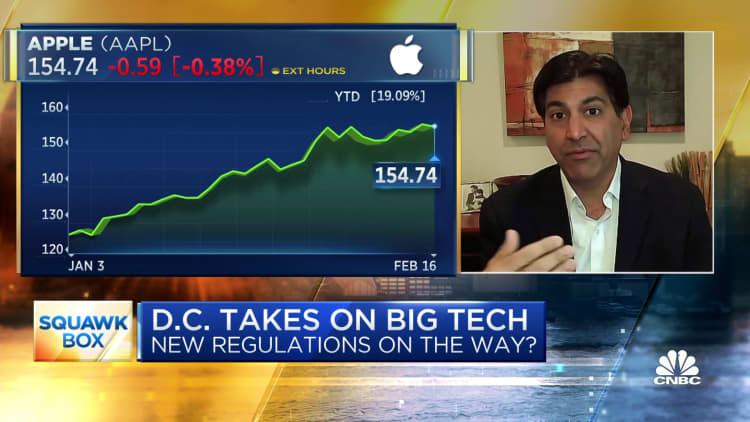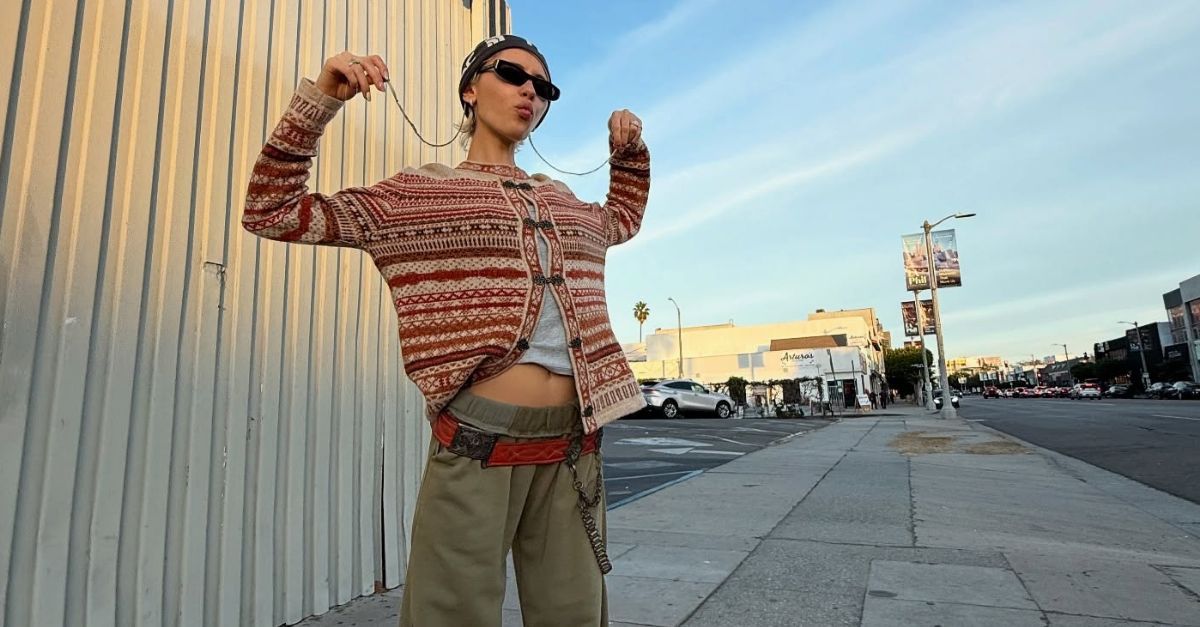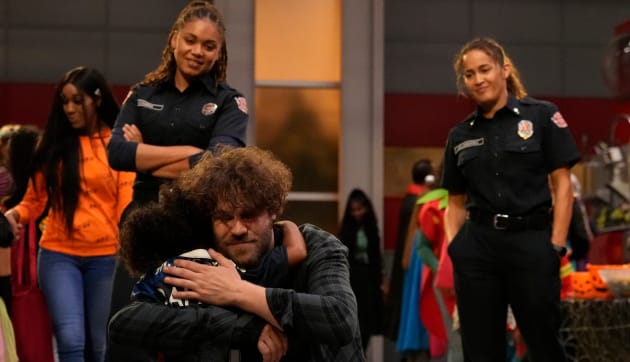Few horror films have carved a legacy as enduring and influential as John Carpenter’s seminal 1978 slasher Halloween. With its minimalist suspense, moody aesthetic, and chilling piano score, Halloween established the template for the wave of slashers that dominated horror through the 1980s and beyond. Through decades of sequels and reboots, Michael Myers remains a seminal boogeyman. But Carpenter’s true impact resonates in Halloween’s creative DNA that shaped countless genre films to follow.
By distilling the slasher formula down to efficient essentials, Halloween mastered an intricate balance. The subtly supernatural story by Carpenter and Debra Hill grounded Michael’s stalking in a palpable small-town reality. Carpenter’s use of steadicam captured fluid, tense movement absent in prior slashers. From closet POV shots to moments framed around what characters can and can’t see, the director plays brilliantly with perspective and space. Michael lurks constantly at the edge of vision, blurred into the background.

Jamie Lee Curtis broke the “promiscuous teen dies” mold as the quintessential “final girl” Laurie Strode. She evokes empathy and demonstrates smarts without totally losing vulnerability. Donald Pleasence gives Dr. Loomis gravitas. And the melancholic piano melody permeates the film with trademark Carpenter mood. Every aesthetic choice amplifies simplicity into spectacle.
This less-is-more approach allows true focus on atmosphere over gimmicks. By keeping Michael anonymous and his motivations mysterious, his stalking becomes primal and inexorable. He pursues victims with subtle visual tension instead of relying on graphic kills. Terror builds from shot framing, composition, timing. Michael cultures fear through presence alone.
Sequels and reboots increasingly pushed Michael and Laurie into showier territory, playing up their interconnected bond. But Carpenter’s original endures as a pristine work of minimalist horror that synthesizes genius-level craft into endlessly replayable terror. For filmmakers, Halloween provides a masterclass in maximizing tension through careful shot arrangement, diegetic sound, and negative space.
Without Halloween, the stylistic terms “slasher” and “final girl” may never have entered the lexicon. Yet Carpenter transcends tropes, crafting an elegant and primal genre experience. Michael feels believably unkillable because he’s framed as a shape, not a person. Like true nightmares, no safety or rationality halts his advance. Halloween lingers eternally as the apex of pure cinematic dread.
But perhaps Carpenter’s deepest legacy lies in the creative seeds Halloween planted that germinated through decades of genre cinema. Echoes of his camerawork, score, and tone reverberate in the DNA of countless slasher successors and tributes. By featuring an escaped mental patient picking off teens, Halloween established the genre’s elemental ingredients.

Indeed, without Michael Myers’ formulaic and chuckling psychiatrist Dr. Loomis, there may have never been a Crazy Ralph in the Friday the 13th films warning coy teens of their impending doom. Loomis as “The Prophet of Doom” embodies a horror archetype cemented by Halloween – the unheeded voice who tries to make the protagonists understand the danger they cannot yet see. This trope carried through horror to present day.
Michael’s mask also spawned countless imitators, from gimmicky holiday disguises to masks meant to rob Myers of identity. Each generation reinvents its own faceless killer following his model. And teens stranded against a murderous threat in remote settings became a staple after Haddonfield.
Even Myers’ manner of seeming to follow victims slowly only to instantly appear behind them gets mimicked in later films. His voyeurism through windows, his indifference to pain or reason – all originator slasher behavior. Michael shaped expectations.
Using POV shots to build mystery and conceal the killer’s identity until a climactic reveal entered slasher vocabulary thanks to Carpenter’s precise use of the technique. The tension it allows in Halloween’s key set pieces inspired its proliferation. Michael’s stalking subjectivity became template.
By setting a seemingly unkillable evil loose in placid suburbia, Carpenter tapped into cultural anxieties over lost innocence and moral decay. Michael shattered Norman Rockwell illusions. His facelessness lets anyone project their fear of inhuman evil. He embodies the familiar turned menacing, tearing down safe comforts..
This notion of anywhere being vulnerable and safety being an illusion broke ground. The domestic, now frightening – it’s a transgression audiences never forgot. No place felt truly safe anymore.
The iconic final reveal of Michael disappearing friom the spot where he’d just been shot tapped into mythic anxieties. Evil undying, disappearing into shadows – this grim storytelling echoed eternal folklore. Michael was no mere movie monster after that ending.

He became a new boogeyman for the ages. And that kind of creepy pop culture currency can’t simply be replicated. It has to burrow into our primal fears. Carpenter knew just how to pierce those terrors. And horror never recoiled back.
Ultimately, it’s impossible to tally the volume of horror films building upon tropes, themes, and style born in Haddonfield 41 years ago. Too often these successors copy superficial traits without capturing Carpenter’s mythic resonance. But his influence permeates everything from franchise horror to elevated indie terrors.
So much of the language around atmospheric horror, tension building, and emotionally resonant scares has roots in Carpenter’s book of shadows. The babysitter urban legend got transformed into cultural myth through Michael. Decades passed, but those memories and fears simply shape-shifted – never really dying. And neither did the boogeyman.
The era when slashers saturated theaters may have passed, but the creative DNA that Carpenter injected into horror’s backbone through Michael continues vivifying the genre. Moments that quicken pulses, pull blankets tighter, or make imaginations run wild may differ, but it’s all building off the immutable elements crystallized in Halloween’s DNA.
At its core, Carpenter’s film translates primal fear through the cinematic lens – voyeurism, temptation, punishment, evil that will not expire. These components are the essence of horror. And each new generation reinvents its own take on his archetypes, even if rarely improving on the original execution.
But without that 1978 template emerging like Michael from the night, who knows what shape or direction horror at large might have taken over the intervening decades. So much was cemented in that compact 90-minute tale set across one fateful Halloween night haunted by perfect musical notes.
When those piano keys strike and the jack o’lantern fades onto pitch-black screen, horror simply feels like home, because a seminal work imprinted itself as familiar commodity. But home is where the horror is. Always.

Founder and Lead Developer for Horror Facts independent horror magazine.
Husband, Sailor and Independent Writer


























































![Mason Ramsey – Twang [Official Music Video] Mason Ramsey – Twang [Official Music Video]](https://i.ytimg.com/vi/xwe8F_AhLY0/maxresdefault.jpg)



















